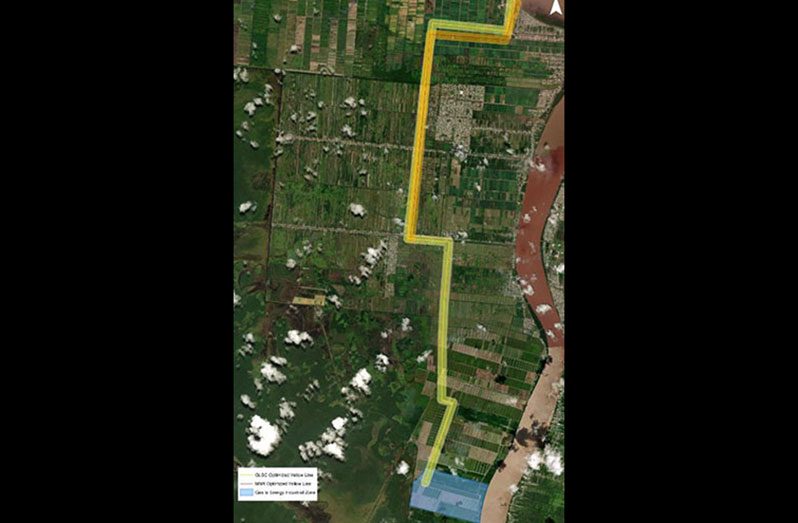GUYANA is expected to extract another 65.3 million barrels of oil from its Tanager-1, one of the deepest wells ever to be drilled offshore Guyana, according to a report compiled by a consultancy group named Netherland, Sewell & Associates Incorporated.
Sections of the report, released by OilNOW, indicated that the projected quantity was arrived at based on a “best estimate”. It further categorised the extractions in three, based on the possible oil volumes of only crude oil. That is, low estimate, at 17.7 million barrels, best estimate at 65.3 million barrels, and high estimate at 131.0 million barrels.
The report, as outlined by OilNOW, indicated that these extractions are not expected to produce commercial volumes of gas. “The contingent resources shown in the report were estimated using deterministic methods,” the report said.
It further explained that “once all contingencies have been successfully addressed, the approximate probability that the quantities of contingent resources actually recovered will equal or exceed the estimated amounts is generally inferred to be 90 per cent for the low estimate, 50 per cent for the best estimate, and 10 per cent for the high estimate.”
The estimates of contingent resources included in the report were not adjusted for development risk, OilNOW related. It was last November that ExxonMobil discovered “heavy oil” at its over US$100 million Tanager-1 well, located in the Kaieteur Block.
As defined by the United States Geological Survey (USGS), heavy oil is a type of crude oil characterised by an asphaltic, dense, viscous nature (similar to molasses), and its asphaltene (very large molecules incorporating roughly 90 per cent of the sulphur and metals in the oil) content.
Tanager-1 exploration well, the first to have been drilled in the Kaieteur Block, is also the deepest well drilled in the Guyana-Suriname Basin to date. It was spudded on August 11, 2020, using the Stena Carron drillship, and reached a total depth of 7,633 metres in recent days.
The Kaieteur block is adjacent to the Stabroek Block which has delivered 22 substantial oil discoveries since 2015, with reported discovered recoverable resources of more than nine billion oil-equivalent barrels to date.
Previously, the Tanager-1 as a standalone development was considered to be non-commercial. More specifically, Ratio Guyana Limited, which has a 25 per cent interest in the Kaieteur Block, conducted a preliminary evaluation which said that the “fluid samples from the Maastrichtian reservoir indicates heavier oil than is reported from the Liza Phase I.”
On Saturday, Minister of Natural Resources, Vickram Bharrat, told the Sunday Chronicle that it is possible for the Tanager-1 extractions to be used to the government’s landmark Gas-to-Shore project, which will see the construction and operation of a pipeline from the Liza Phase 1 and Liza Phase 2 Floating, Production, Storage, and Offloading (FPSO) vessels to an onshore natural gas liquid (NGL) and natural gas processing (NGP) plant.
The pipeline is intended to transport up to approximately 50 million standard cubic feet per day (MSCFD) of dry gas to the NGL Plant. The gas-to-power process will see the plant lowering the pressure of the gas, dehydrating the gas, separating out propane, butane and pentanes+, and treating the gas to the specification to be received by a planned power plant.”
The $900 million gas-to-shore project will be established at Wales, West Bank Demerara, and is likely to create in excess of 600 employment opportunities. Once established, the power plant will be owned and operated by the Government of Guyana until alternative ownership options are considered.
The gas-to-shore project forms a major part of the People’s Progressive Party/Civic (PPP/C) government’s plan to reduce the cost of energy by at least 50 per cent through an energy mix, which includes the conversion of natural gas from ExxonMobil’s offshore operations to electricity. It is expected to run for a period of 25 years, and projected to save the country approximately US$150 million on power generation annually.



.jpg)








